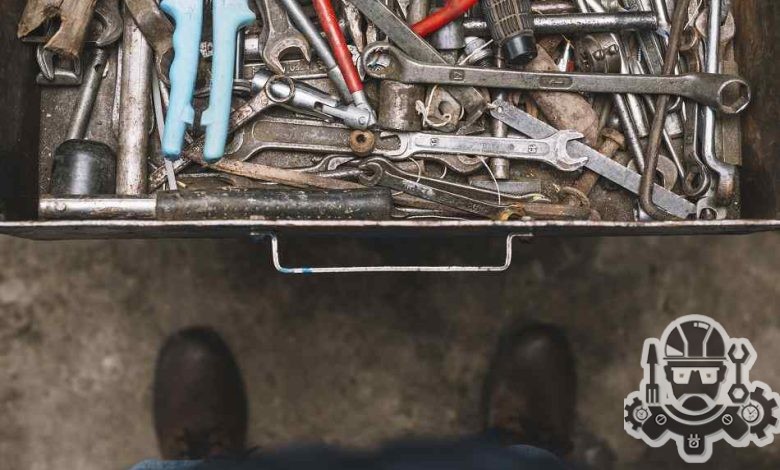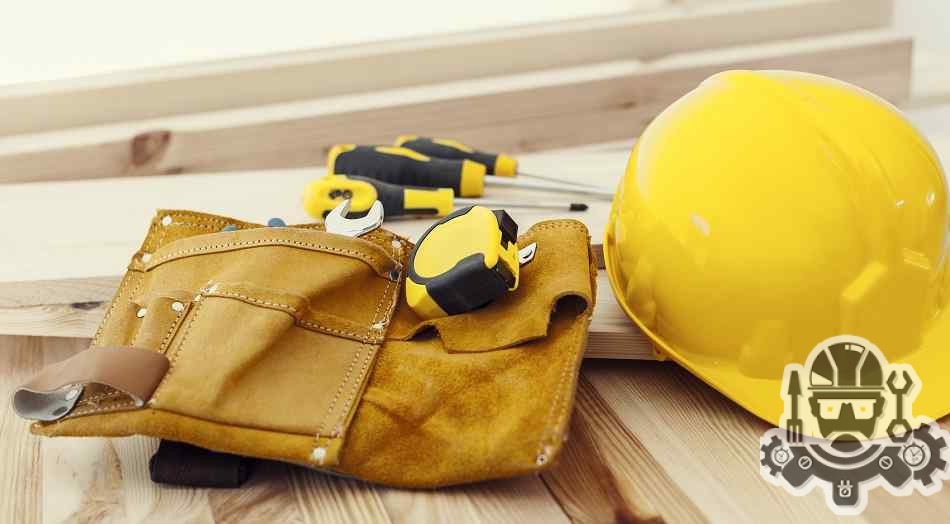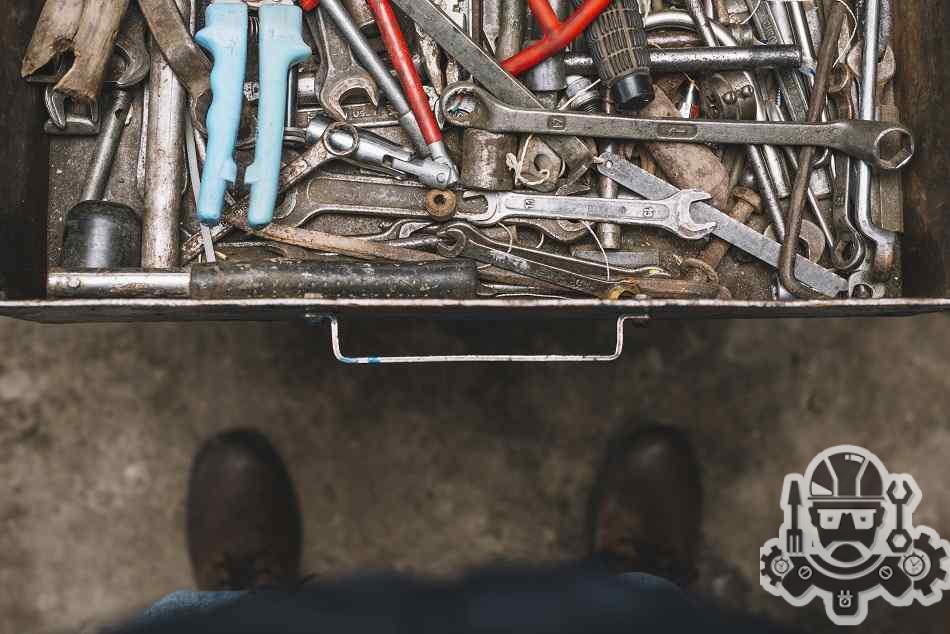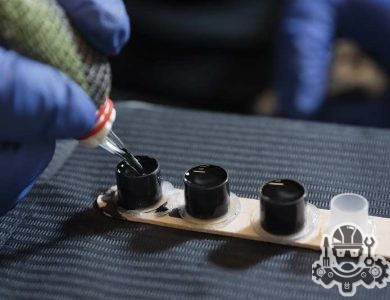What is an Engineer’s Toolbox?

An engineer’s toolbox refers to the collection of tools, software, equipment, and resources that engineers use to perform their work effectively and efficiently. It typically includes both physical and digital tools that aid in engineering design, analysis, problem-solving, and project management.
Engineer’s Toolbox

Here are some common items that can be found in an engineer’s toolbox:
- Engineering Software: Various software applications specific to different engineering disciplines, such as computer-aided design (CAD) software, computer-aided engineering (CAE) software, simulation software, project management tools, and programming languages.
- Design and Analysis Tools: Instruments and tools used for designing and analyzing engineering systems, including calculators, measurement devices (e.g., calipers, micrometers), drafting equipment (e.g., rulers, protractors), and specialized software for structural analysis, circuit design, or fluid dynamics.
- Prototyping and Testing Equipment: Tools and equipment for building prototypes and conducting tests, such as 3D printers, soldering irons, oscilloscopes, multimeters, circuit boards, and sensors.
- Reference Materials: Engineering handbooks, technical manuals, reference guides, standards, codes, and specifications relevant to the particular field of engineering.
- Computer Hardware: A computer or laptop with sufficient processing power, memory, and storage capacity to run engineering software and perform complex calculations. Additional peripherals like monitors, keyboards, and mice may also be included.
- Communication and Collaboration Tools: Communication tools such as email, messaging apps, and video conferencing software for collaborating with colleagues, clients, and stakeholders. Project management tools, document sharing platforms, and version control systems are also commonly used.
- Safety Equipment: Personal protective equipment (PPE) required for working in certain engineering environments, such as safety goggles, gloves, helmets, or specialized gear for hazardous situations.
- Instrumentation and Data Acquisition Tools: Devices and sensors used to measure and acquire data, such as data loggers, strain gauges, accelerometers, or temperature sensors. Software for data analysis and visualization is also important.
- Professional Development Resources: Books, journals, online courses, and training materials that help engineers stay updated with the latest developments in their field and enhance their skills and knowledge.
- Organizational Tools: Notebooks, project management tools, task lists, and scheduling software to manage projects, track progress, and stay organized.
The specific contents of an engineer’s toolbox can vary depending on their field of specialization, industry, and personal preferences. Engineers often curate their toolbox based on the specific requirements of their work and the resources they find most valuable in their profession.
Essential items in An Engineer’s Toolbox

An engineer’s toolbox should contain a variety of essential items that are commonly used in engineering work. Here are some examples of essential items you may find in an engineer’s toolbox:
- Measuring Tools: A range of measuring tools such as rulers, calipers, micrometers, tape measures, and angle gauges for accurate measurements in design, fabrication, and inspection processes.
- Hand Tools: Basic hand tools like screwdrivers, pliers, wrenches, hammers, and utility knives for general assembly, disassembly, and maintenance tasks.
- Electrical Tools: Electrical tools including wire cutters, wire strippers, crimping tools, and multimeters for electrical testing, troubleshooting, and circuitry work.
- Fasteners and Hardware: Assorted screws, nuts, bolts, washers, and other fasteners commonly used in construction, fabrication, and repair projects.
- Adhesives and Sealants: Various adhesives, sealants, and tapes for bonding, sealing, and insulating different materials.
- Safety Equipment: Personal protective equipment (PPE) such as safety glasses, gloves, ear protection, and safety helmets to ensure safety during various engineering tasks.
- Soldering Equipment: Soldering iron, solder wire, flux, and desoldering tools for electronics work, circuit board assembly, and repair.
- Drill and Drill Bits: A power drill and a selection of drill bits for creating holes in different materials during construction, installation, or fabrication processes.
- Files and Rasps: Files and rasps of various sizes and shapes for shaping and smoothing metal, plastic, or wood surfaces.
- Lubricants and Solvents: Lubricants, degreasers, and solvents for maintenance and cleaning of mechanical parts, equipment, and machinery.
- Safety Gear: Safety goggles, gloves, masks, and other protective gear specific to the type of engineering work being performed.
- Organization and Storage: Toolboxes, tool chests, or storage systems to keep tools organized and easily accessible.
Remember, the specific items in an engineer’s toolbox can vary depending on the field of engineering, industry, and personal preferences. It’s important for engineers to assess their specific needs and acquire the necessary tools and equipment accordingly to perform their work effectively and safely.
Measuring and testing tools are important for engineers because they allow for precise and accurate measurements and evaluations, ensuring the quality and safety of engineering projects. These tools help engineers identify any issues or discrepancies in their work, allowing them to make necessary adjustments and improvements.
Some examples of versatile hand tools include screwdrivers, pliers, wrenches, and hammers. These tools can be used for various tasks such as tightening or loosening screws, gripping and manipulating objects, and striking or driving nails. Their versatility makes them essential for any engineer's toolkit.
Power tools are designed to perform tasks more quickly and efficiently than manual tools, thereby boosting productivity. They are typically faster and more powerful, enabling engineers to accomplish tasks in less time. This efficiency translates to increased productivity and the ability to handle larger workloads.
Examples of specialized equipment used by engineers include oscilloscopes, calipers, laser levelers, and thermal imaging cameras. These tools offer specific functions and measurements tailored to various engineering disciplines, enhancing accuracy and functionality in specific tasks.
Organizational storage solutions help engineers keep their tools and equipment neat, accessible, and well-maintained. By having a systematic approach to tool storage, engineers can save time searching for specific items, reduce the risk of damage or loss, and improve overall workflow and productivity.



